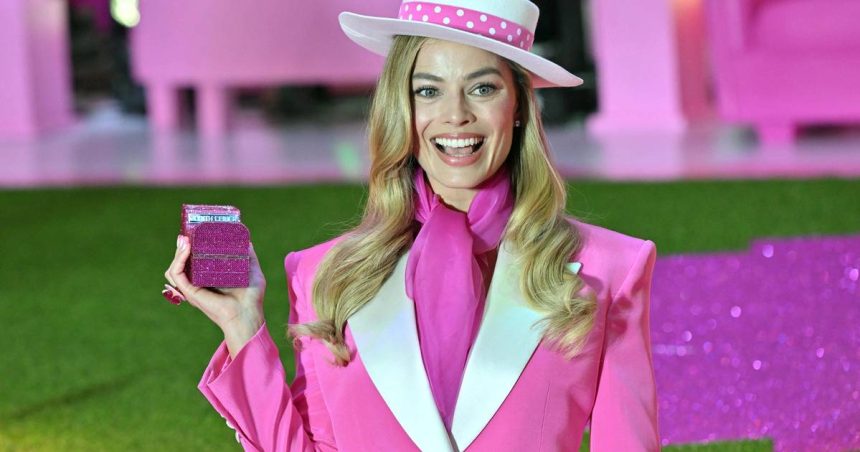The summer of girlhood may be over, but gal-oween is right around the corner.
Nearly three months after the release of the hit film “Barbie,” Halloween costumes from the movie are almost entirely sold out, Mattel EVP and chief brand officer Lisa McKnight said at Advertising Week New York.
In a conversation with Time correspondent Eliana Dockterman, McKnight looked back at Mattel’s marketing efforts before and after the movie and shared insights into what has ultimately been a successful product push for the brand, with Barbie sales jumping 25% year over year in July and August.
Time for a rebrand: About 10 years ago, McKnight said “the Barbie brand had hit a low point,” with parents no longer seeing the doll as a role model or feeling a connection with her. In 2015, Mattel started working with BBDO to try to associate the doll more with empowerment, which came as the toy company opted to release dolls that were representative of more diverse shapes, sizes, and looks.
“The minute people stopped focusing on Barbie the doll and thought of her as an idea and a point of inspiration is when we really started to connect with people,” McKnight said.
Releasing (some) creative control: As Mattel was pushing back on the perception that Barbie was strictly blonde-haired and blue-eyed, it was also in the midst of talks with the blonde-haired, blue-eyed Margot Robbie to produce and potentially star in the movie.
“When we found out that she wanted to play Barbie, we thought, ‘Wow, this is a tough one because we love you and you’re an amazing actress, but how are you advancing this perception issue that we have with the brand?’” McKnight said. Some of those concerns were alleviated when director Greta Gerwig expressed her vision of Barbieland, where many of the dolls, not just Robbie’s character, go by Barbie.
Get marketing news you’ll actually want to read
Marketing Brew informs marketing pros of the latest on brand strategy, social media, and ad tech via our weekday newsletter, virtual events, marketing conferences, and digital guides.
Other things McKnight had to let go of? Her instinctive aversion to marketing taglines like “If you love Barbie, this movie is for you. If you hate Barbie, this movie is for you,” which was used to promote the film. When it was pitched, McKnight said her reaction was, “Why would I put the word ‘hate’ out there? It was really uncomfortable…but we agreed that we wanted to reach a broad audience and get people that had maybe not been associated with the brand for a while to reengage.”
Raking in the doll-hairs: McKnight looked back at the more than 165 brands that Mattel collaborated with to promote the movie, and confirmed that some partners were turned down for a variety of reasons, including brand safety. “We had to draw the line when you’ve got folks rolling around under the sheets together,” McKnight said of the reality dating series Love Island.
Overall, merchandise associated with the movie, like a tie-dye sweatshirt declaring that the wearer is “Kenough,” which retails for $60, brought in “millions of dollars and [sold] hundreds of thousands of units in a matter of weeks,” McKnight said. A “Weird Barbie” doll depicting Kate McKinnon’s character in the movie exceeded made-to-order forecasts tenfold, she said; the doll is currently sold out on Mattel’s website.
The lesson? “Work with the best talent in the respective industry that you’re in and get comfortable being uncomfortable,” McKnight said. “If we had thought about the commercialization of the movie in just one category, as a toy, we would have missed the mark.”
Read the full article here










